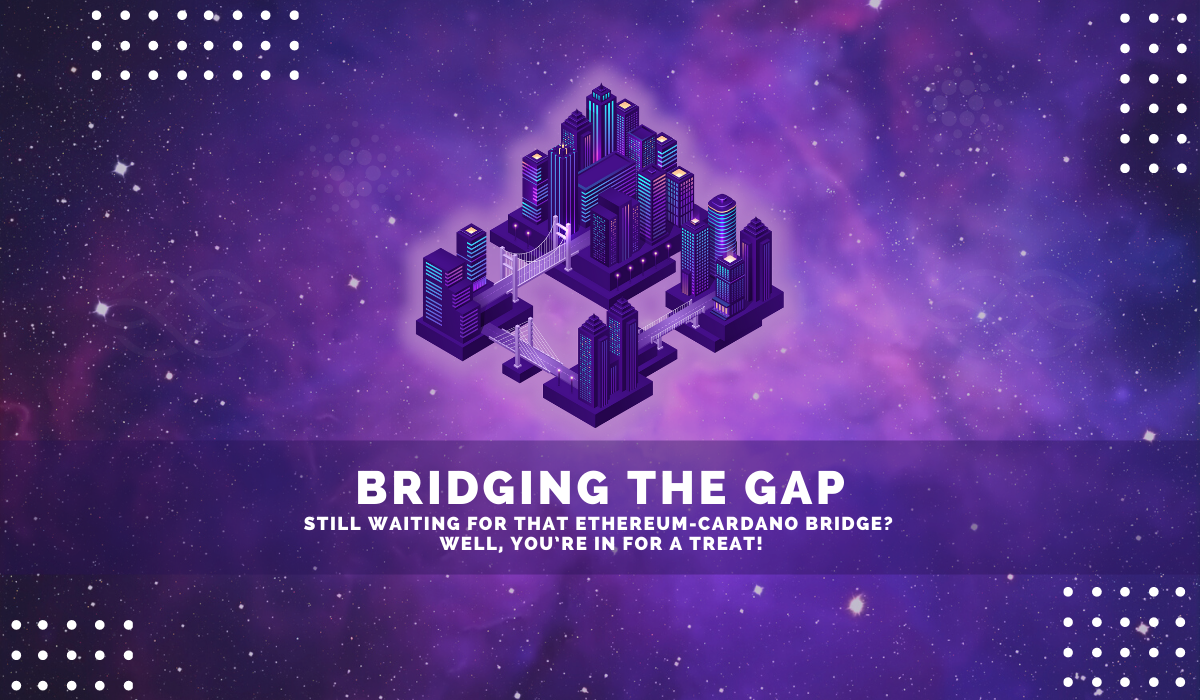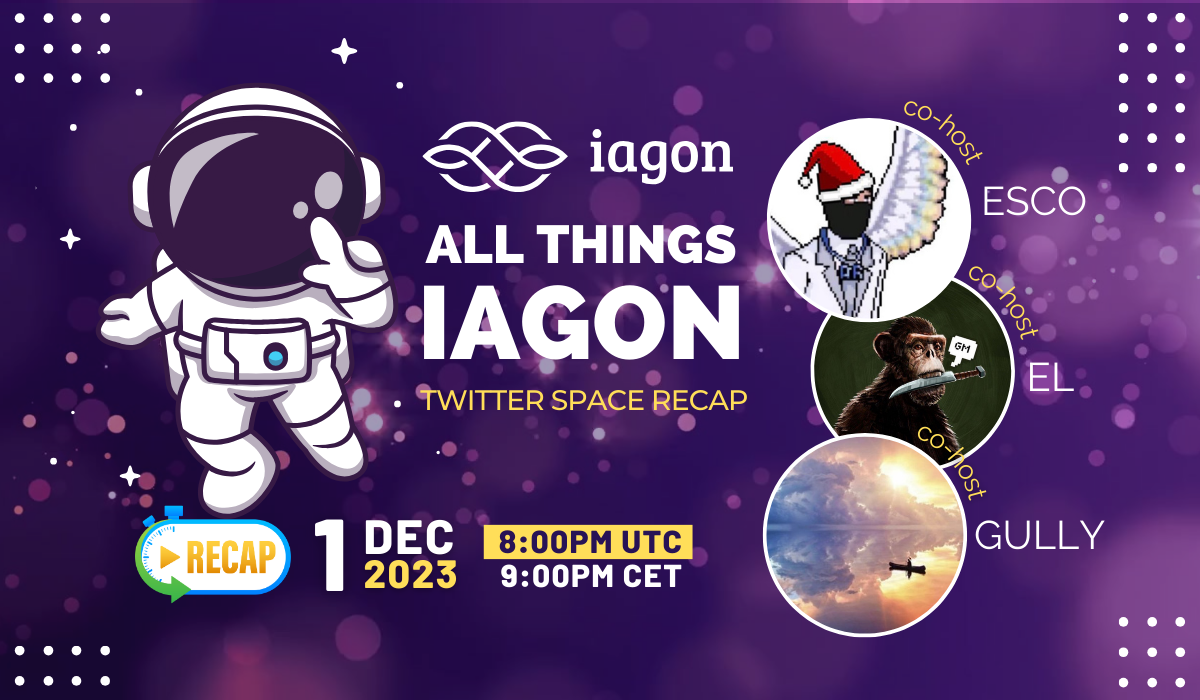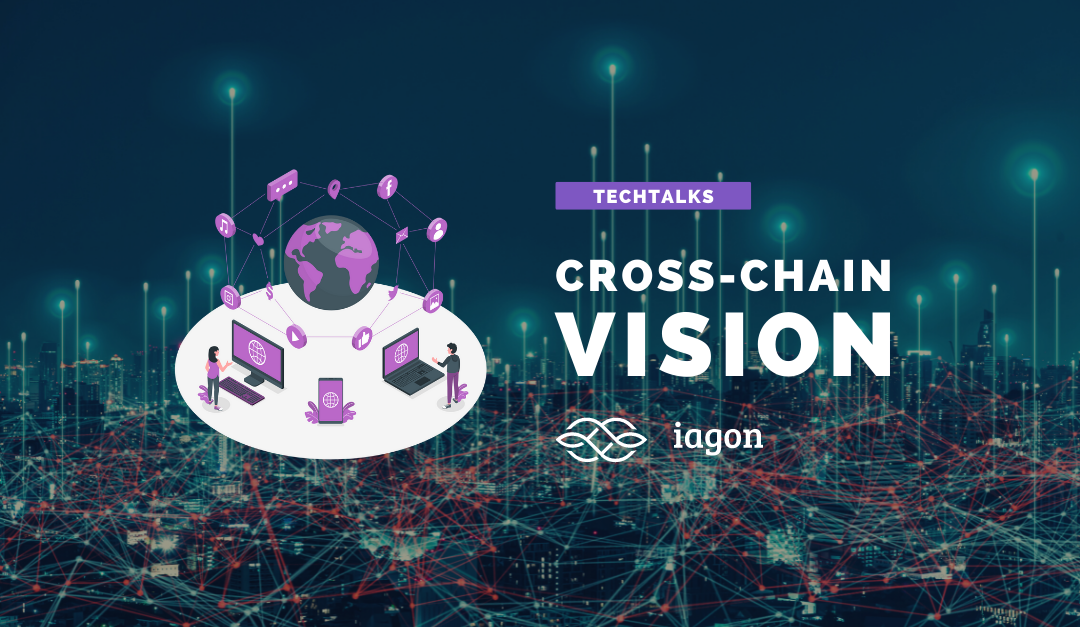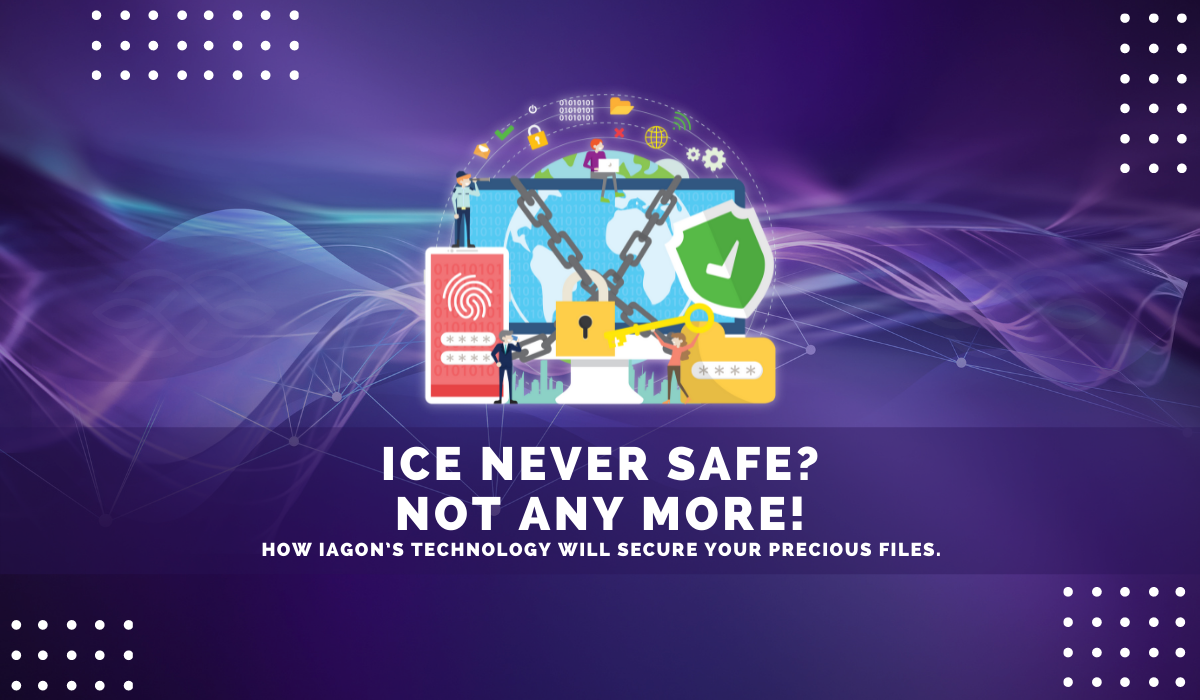Hey, big news from Iagon! We are excited to announce that we are preparing to really put our tokens where our mouths are. And you should be well aware by now that we’re talking Cardano.
As the community witnesses attempts to build a bridge between Ethereum and Cardano, it’s safe to say the first steps on the path to true interoperability for “the green blockchain” have been taken. And that’s good news for all you Iagonauts!
Time to move
The native token of Iagon’s protocol is the IAG, an ERC-20 token used on the Ethereum blockchain we departed from. Exactly 1 billion of these tokens were minted on Ethereum and the same number has been minted on Cardano to make it possible for our users to transfer their assets.
But even though it seems easy to convert one token into another, things get a bit more complex when it comes to technicalities. Not exactly like the Einstein-Rosen bridge, but still complex. This is why, at the moment, it’s not possible to do that in one simple step. The conversion requires two steps and collaboration with other projects, but hey, there’s always some room for improvement. We dream big!
Let’s have a look at the process itself.
You own some ERC-20 IAG tokens and you want to convert them to the CNT IAG tokens. Here is where Milkomeda, a Layer 2 protocol, comes in with their tool leveraging the potential of the clever Nomad protocol.
Taking inspiration from optimistic systems and abandoning header verification, Nomad is supposed to make cross-chain communication substantially cheaper and faster. There is no need for every transaction to be computed. Instead, it is assumed that each of them is legitimate. Network participants have 30 minutes to provide proof of fraud if they consider a transaction to be fraudulent. Note that in the case of Optimistic Rollups this period is one week long! As for the fraudulent behavior, it is punished and - what's even more vital - undisguisable.
In practice, all this means swapping tokens between Ethereum and Milkomeda only takes between 35 and 60 minutes, with a high level of security maintained. As local verification and low latency translate to low transaction costs, the protocol's designers expect to cut the regular gas costs by 90%! And on top of that technology, Iagon is developing a clean and user-friendly converter interface.
First, you will have to use your Metamask wallet to swap the ERC-20 tokens for Milkmeda’s MilkADA (wrapped ADA) tokens. After that, you’ll need to use the Metamask or Flint wallet again to convert MilkADA to the CNT IAG tokens. Although the Iagon team is working on a solution to automate the process, it has to be done manually at the moment. For now, think of it as two-step verification, if you will.
The ride might be a bit rough…
We have to remember that in such projects obstacles are not uncommon. So what are the challenges in this case?
In a perfect world, Iagon would like to wrap all the fees related to swapping the tokens in ADA, Cardano’s native coin. At the moment, the transaction fee for moving the tokens from Ethereum is charged in ETH. For bringing them over to Cardano however, users have to pay in milkADA.
Obviously, it would be best to cover all that in one transaction charged in ADA or ETH, but there’s a chance it turns out to be technically infeasible.
… but we’ll get there!
If the implementation is successful, Iagon might be the first company to offer a functional user facing Ethereum-Cardano bridge launched on the Mainnet. What’s worth emphasizing, we plan to include support for other ERC20 projects, if they choose to add their tokens to our platform.
So if you’re waiting for that bridge, rest assured that the Iagon team is working hard to have it ready for you as soon as possible.
Read more:
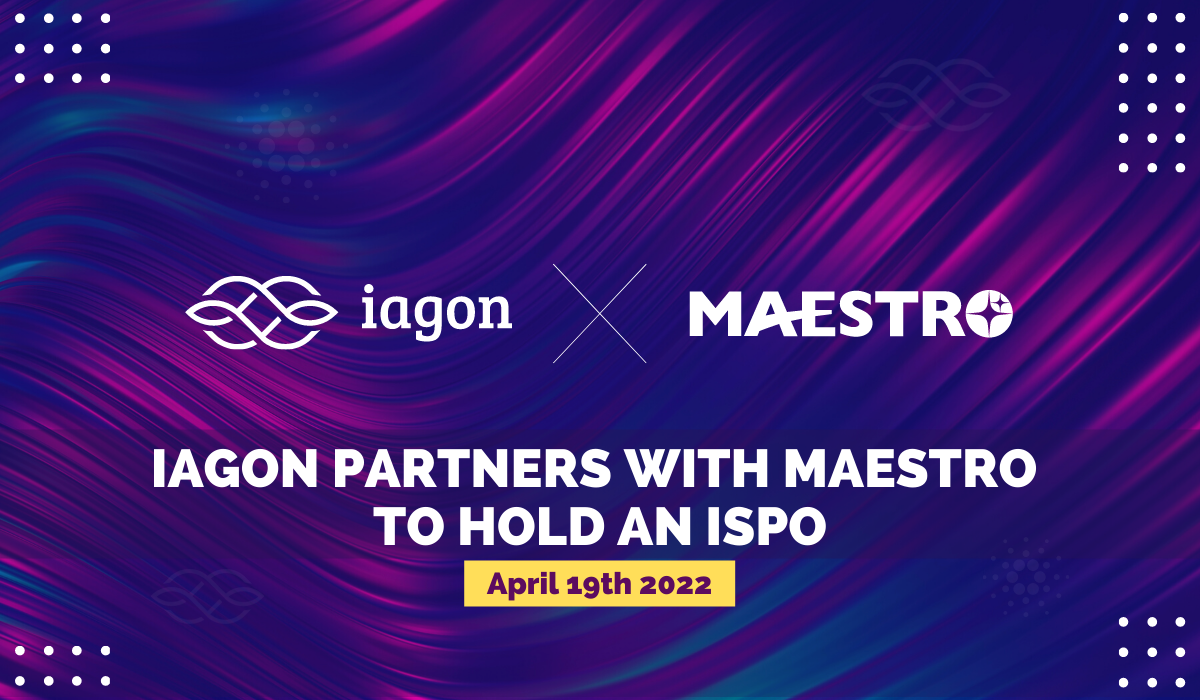
About Iagon
Iagon aims to revolutionize the cloud by developing a storage platform and a processing platform where anyone can profit from shared resources. The whole value proposition circles back to the potential of blockchain technology by letting device owners join the storage and processing power grids to create a completely decentralized data cloud and supercomputer.
Website | Twitter | Telegram | Blog | CoinGecko | CoinMarketCap

